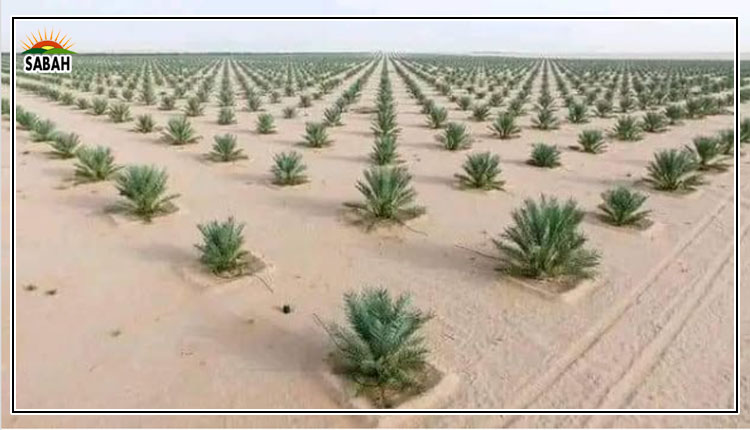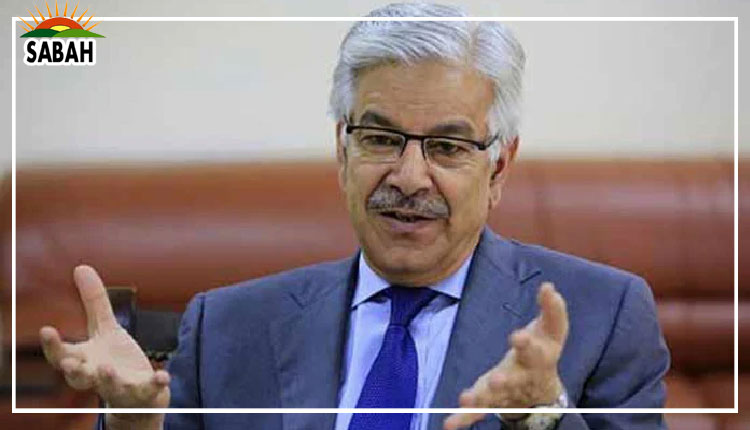Pakistan’s green energy leap …. By Murtaza Talpur
Energy plays a vital role in sustainable economic growth and development. Over the last couple of years, climate change has played havoc socio-economically and so Pakistan has started a major shift to green energy, accepting the need for sustainable energy sources to fuel its economic growth and meet accelerating climate challenges.
This shift is driven by several factors, including rising fossil fuel costs, increasing energy demands, and the global push to mitigate climate change impacts. As Pakistan moves forward with its green energy agenda, there is much to analyze in terms of private-sector collaboration, government policy, and the challenges that persist.
The positive aspect is that the government has made green energy a key component of its long-term energy strategy. One of the most notable steps has been the State Bank of Pakistan’s introduction of more favourable financing options for renewable energy projects. This initiative has been crucial in encouraging investments in wind and solar energy, making it easier for businesses and households to transition away from traditional energy sources.
The government has also reduced interest rates on loans for renewable energy installations, opening the door for small businesses and households to adopt clean energy technologies.
Besides financial incentives, the government is directing statutory reforms that will boost green energy use. Policies such as net metering permit households with solar panels to sell extra energy back to the national grid. It helps to build a stronger case for investing in solar power. Pakistan is self-assured meaningfully to increase its share of renewable energy in the overall energy mix with these incentives in place. It helps to meet the target of 30 per cent renewable energy by 2030.
Green energy initiatives have proactively and equally been accepted by the private sector. The previous year, a consortium of oil companies made a landmark move by pledging to renewable energy investments in Pakistan. These old-fashioned energy companies are expanding their portfolios, exploring solar and wind energy projects that bring them into line with the national energy transition strategy. These companies have historically been dependent on fossil fuels, and are now venturing into green energy – highlighting the substantial shift in business dynamics and the recognition of lasting sustainability.
Solar energy has, in particular, come out as a fast-growing sector in Pakistan. The geographic location of the country gives plenty of sunshine, making it an ideal place for solar power generation. Just recently, there has been an obvious increase in the installation of rooftop solar systems, especially in urban areas where power shortages and rising electricity prices are grave issues. Both residential and business consumers are turning to solar power – not just for energy cost savings, but also for the dependability it offers among recurrent power disruption.
Wind energy is another area where substantial progress has been made in the last couple of years. The coastal areas of Sindh and Balochistan, where wind speeds are consistently high, have been the focus of wind energy projects. Wind development farms have been seen in these areas that contribute to the national grid while offering a cleaner alternative to natural gas and coal. Besides, the cost of solar and wind technologies continues to fall. These are becoming more cost-effective with conventional energy sources, and increase their appeal to both public and private-sector investors.
Regardless of all this progress made, several challenges towards Pakistan’s transition to green energy ought to be addressed for long-term success. One of the key issues is the outdated energy infrastructure.
Pakistan’s national grid has been designed around traditional energy sources, which is not compatible to accommodate the variable output from renewable sources like wind and solar. This generates blockages, mainly during peak demand hours when renewable energy production may not align perfectly with consumption needs. Without modernizing the grid, the potential of renewable energy to provide a significant share of Pakistan’s electricity will remain limited.
While green energy-supporting policies are in place, their implementation is often very slow and inconsistent. For instance, the net metering system, which was introduced to encourage solar power use, has been met with resistance from some power distribution companies. These companies fear the loss of revenue as more consumers become energy producers. This resistance slows the adoption of renewable energy technologies, primarily in provinces where the execution of federal policies is frail.
Another challenge lies in the financial barrier to entry. While the State Bank’s financing options have lowered costs, the upfront investment for solar and wind installations remains high for many households and small businesses. Awareness campaigns and further financial incentives will be critical in overcoming this obstacle and promoting broader adoption of renewable energy solutions.
The geographic diversity of Pakistan also offers substantial hydropower potential but it remains mainly underused. The northern regions, with their many rivers and streams, offer huge opportunities for both large- and small-scale hydropower projects. Not long ago, small hydropower plants were developed in rural areas; they provide clean energy to off-grid communities. These schemes not only help address the rural energy crisis but also lessen the stress on the national grid.
However, large-scale hydropower projects have been slow to develop because of high initial costs and long approval procedures. Major projects like the Diamer-Bhasha and Mohmand dams, when completed, are expected to significantly boost Pakistan’s hydropower capacity. These projects will not only provide a reliable source of energy but also address water storage issues, helping Pakistan cope with the increasing frequency of droughts and floods due to climate change.
The green energy projects not only bring environmental benefits but also provide economic opportunities. Renewable energy projects, particularly solar and wind create jobs in manufacturing, construction, and project management industries. These industries further are ready to grow as demand for clean energy technologies increases. Moreover, by reducing its dependence on imported fossil fuels, Pakistan can improve its trade balance and reduce the financial stress caused by changing global oil prices.
Environmental benefits are equally significant. By expanding the use of renewable energy, Pakistan can decrease its carbon emissions and improve air quality – mostly in urban areas. This will have long-term benefits for public health, reducing the occurrence of respiratory diseases and other pollution-related health issues. Besides, meeting the country’s international climate commitments, as outlined in the Paris Agreement, will become more achievable as Pakistan increases its green energy projects.
The journey of Pakistan’s renewable energy is yet in its early stages, but the progress made in the last couple of years seems promising. The supportive policies of the government together with growing private-sector investments have set the stage for a future where green energy can play an essential role in powering the nation.












